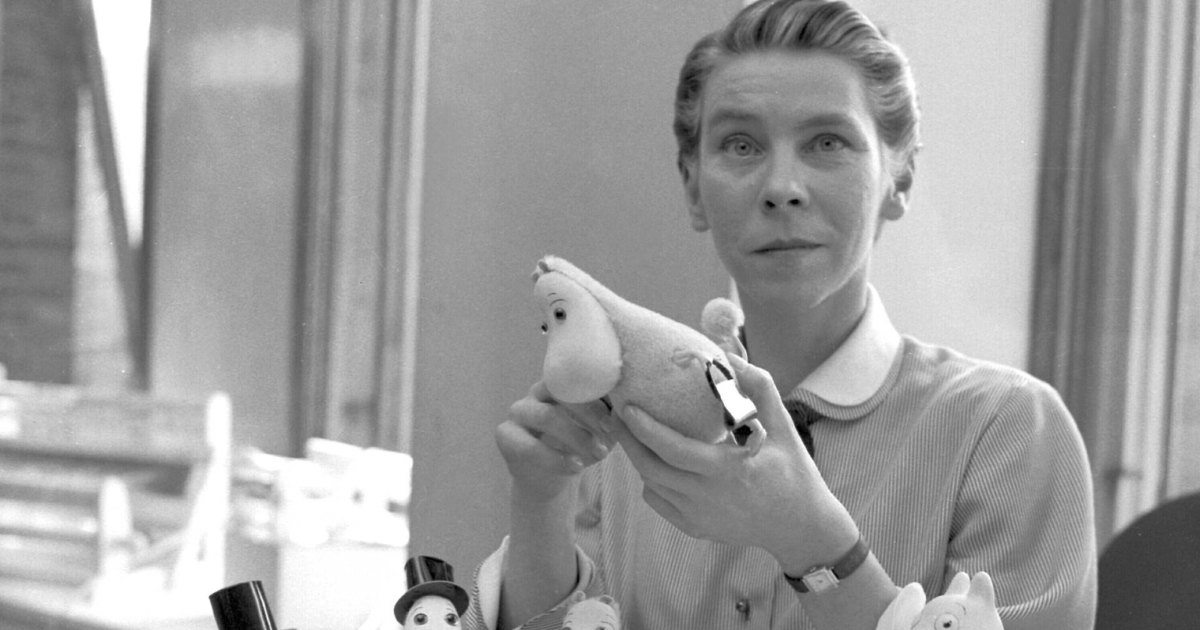Moominvalley, where wonder always lives
How Tove Jansson created a world you want to return to at any age

Today, they are known as the charming inhabitants of the lush green Moominvalley – but once upon a time, the Moomins looked very different. Their creator, the Finnish-Swedish writer and artist Tove Jansson, first imagined them in the 1930s, sketching a strange, thin creature with a long nose on the wall of the family’s summer cottage outbuilding.
The first Moomins, which appeared in the pages of the satirical magazine Garm, were somewhat grim: black, skinny, with red eyes and even horns. They could sip wine, smoke cigarettes, and hardly resemble the heroes of a children’s book. But over the years, their image softened. The Moomins became kind, curious, and incredibly hospitable – beings who live in harmony with nature and welcome any guest.
The first stories about the Moomins were published in 1945 and immediately caught readers’ attention. Jansson’s ability to create vivid and unique characters made these tales special. Moomintroll, Snork, and the others settled into the imaginations of millions. Their adventures were filled with friendship, discovery, and reflections on life’s bigger questions.
Tove Jansson put much of her own life into her characters. Moomintroll was her quiet alter ego, Snufkin embodied traits of close friends, and Too-Ticky was inspired by Tove’s beloved graphic artist Tuulikki Pietilä.
And, as in any great story, there were transformations along the way. In the books, Sniff was a small creature, in the cartoons – he was larger, and in Jansson’s own illustrations, he was sometimes pure white. These changes only underline that the world of Moominvalley is alive and breathing, and its residents remain relatable to people of all ages.
When Tove Jansson published her first book about the Moomins, she was already known as a talented artist. In addition to the Moominvalley stories, she went on to create 12 novels and several short story collections. Yet literature was, for her, more of a passion than a profession – her main calling was the visual arts. Over the years, she gifted the world countless paintings, illustrations, and artistic works.
The atmosphere of her books is especially well conveyed in her own illustrations. There is always something mysterious in them, sometimes even slightly unsettling, hidden on the edge of the frame. When a lantern lights up on a porch, beyond its warm circle of light, the darkness only deepens.
Tove Jansson’s creativity was as boundless as the sea she adored – one might even say, worshipped. Hours spent alone by the water strengthened her sense of freedom. Perhaps in her works she sought to convey the sea’s endlessness: “There was the sea – his sea – going past, wave after wave, foaming recklessly, raging furiously, but, somehow, tranquil at the same time. You see, the sea sometimes has a good temper, sometimes a bad one, and it's impossible to understand why. After all, we only see the surface of the water. But if you love the sea, it doesn't matter. Then you accept both the bad and the good…” (“Moominpappa at Sea”).
Her books do not offer moralistic lessons, but rather pose gentle question marks over life’s big themes. The Moomins don’t give ready-made answers – instead, they softly nudge you toward contemplating the meaning of life.


